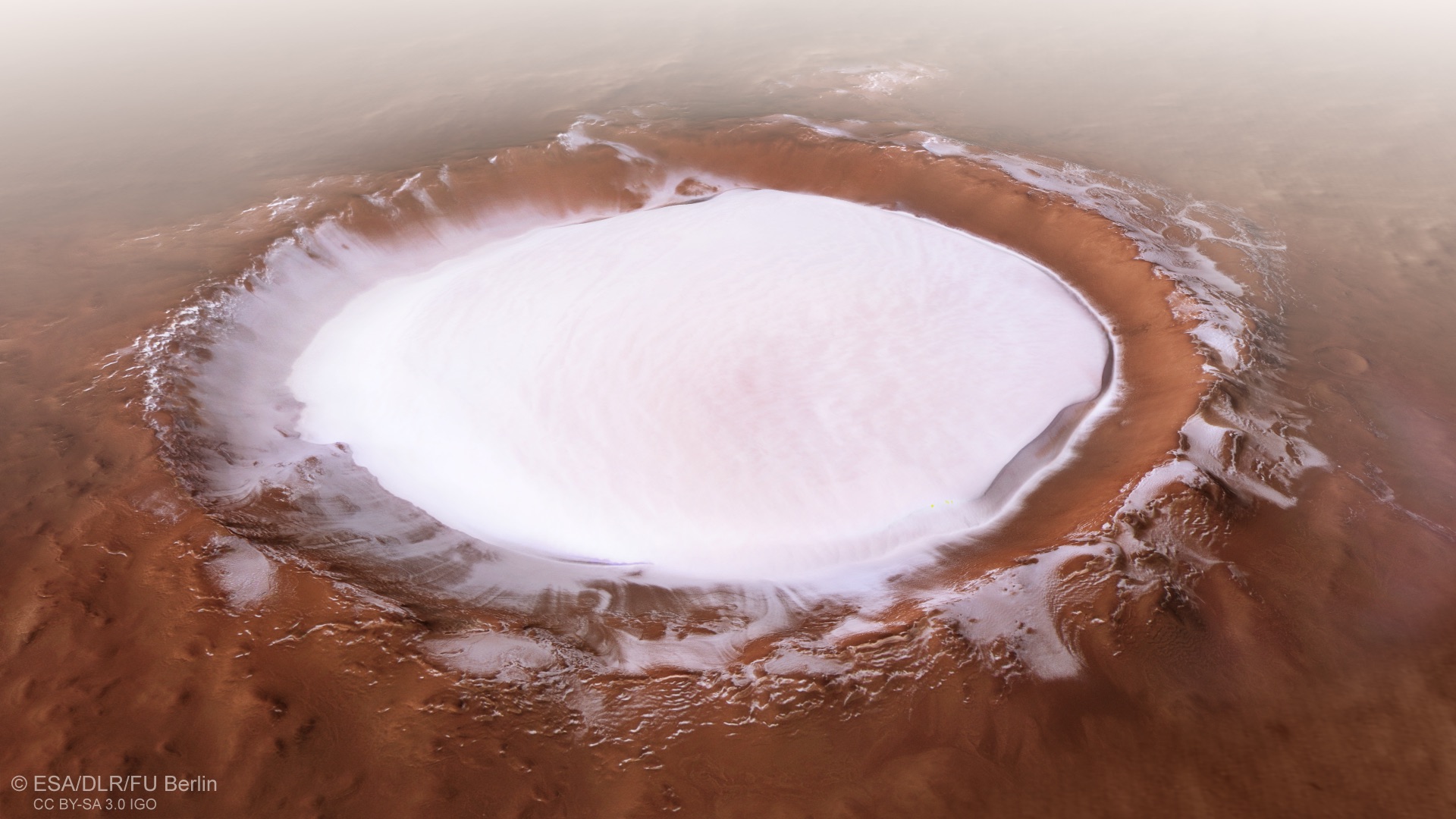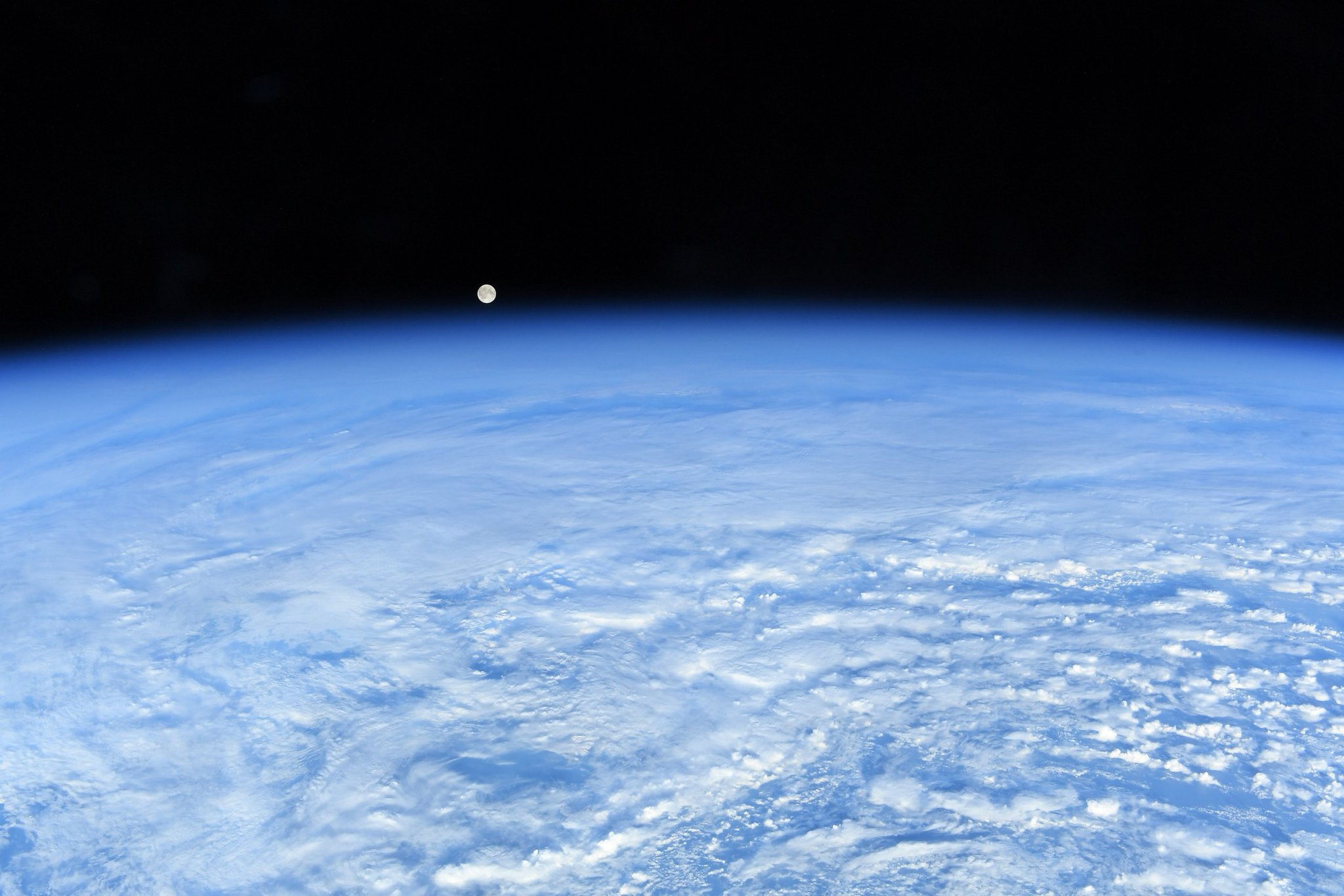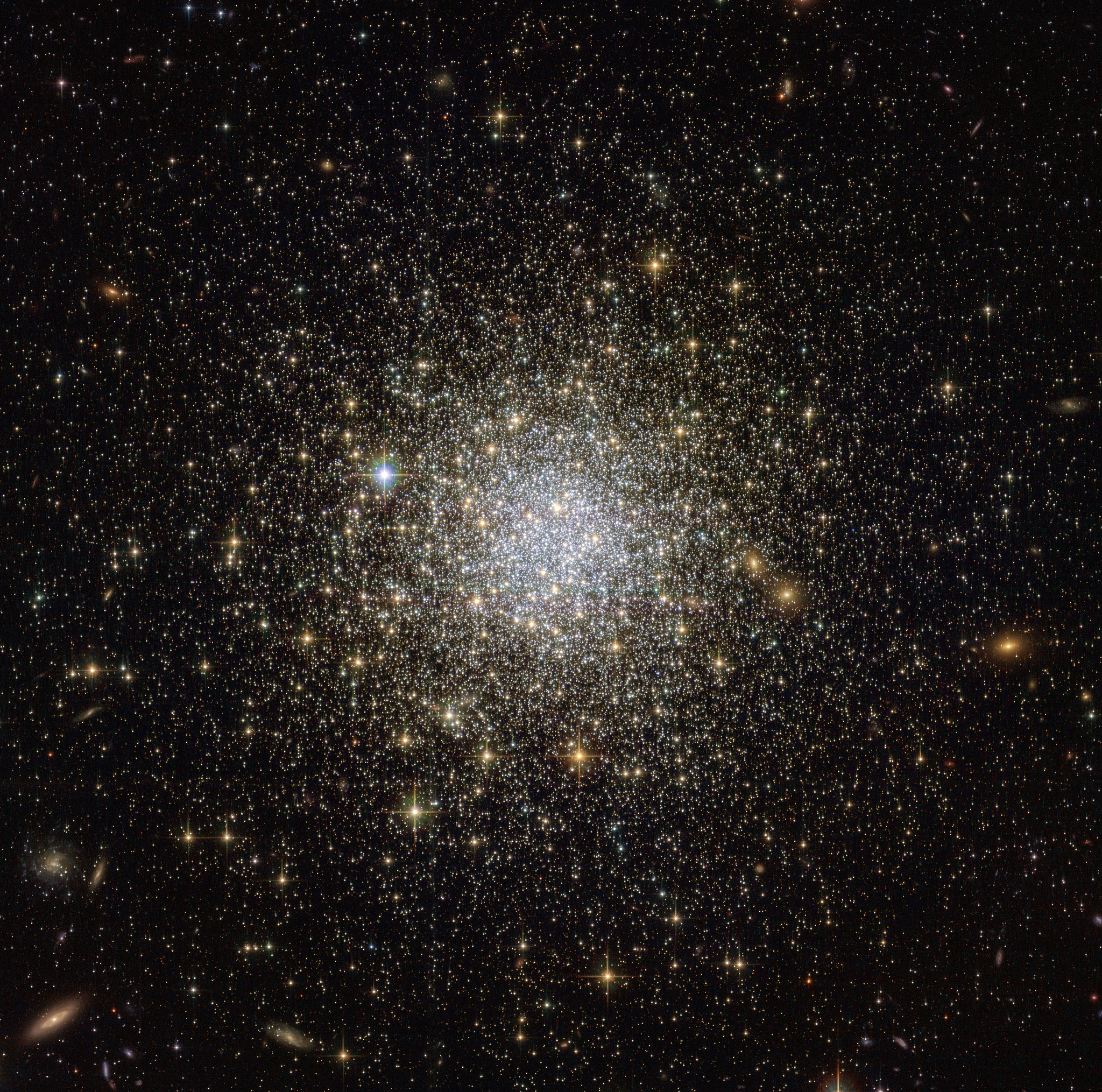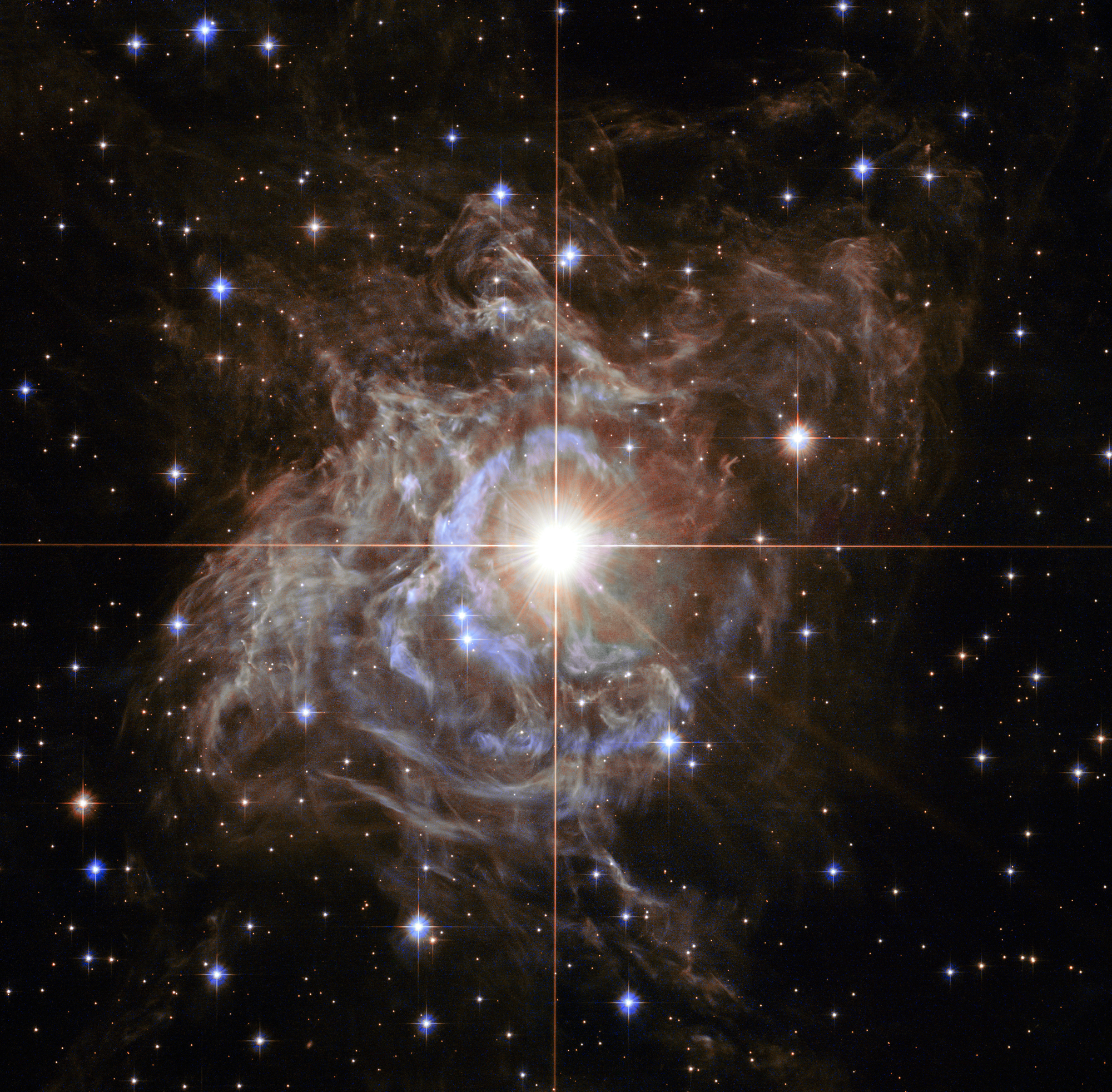Space Image of the Day Gallery (December 2018)
Comet 46P/Wirtanen
Monday, December 17, 2018: Comet 46P/Wirtanen was at its brightest in the night sky this weekend as it made its closest approach to the sun. The comet passed by Earth on Sunday (Dec. 16) at a distance of 7,199,427 miles (11,586,350 kilometers) while glowing at magnitude 3.9, which is bright enough to see with the naked eye. This photo was captured by Wouter Van Reeven at the European Space Astronomy Centre near Madrid on Friday (Dec. 14), one day before the comet made its closest approach to the sun. — Hanneke Weitering
A Cosmic 'Froot Loop'
Tuesday, December 18, 2018: A new photo from NASA's Chandra X-Ray Observatory reveals a supernova remnant that looks like a piece of fruity breakfast cereal floating in the Small Magellanic Cloud, one of the Milky Way's galactic neighbors. Known as E0102, this supernova remnant was created when a massive star exploded and collapsed under its own gravity. Scientists think the object is actually shaped like a cylinder, but it appears round because of the angle at which we see it. — Hanneke Weitering
NROL-71 on the Launchpad
Wednesday, December 19, 2018: In this timelapse photo, a mobile assembly shelter rolls out to the Delta IV Heavy rocket that will launch the NROL-71 spy satellite for the National Reconnaissance Office today. It is scheduled to lift off from Vandenberg Air Force Base in California at 8:44 p.m. EST (0144 GMT on Dec. 20). — Hanneke Weitering
Touchdown!
Thursday, December 20, 2018: The Soyuz MS-09 crew capsule sits upright on the snow-covered steppe of Kazakhstan after returning from the International Space Station with three Expedition 57 crewmembers. Search and recovery teams arrived by helicopter to help the crew out of the spacecraft. — Hanneke Weitering
A Martian Winter Wonderland
Friday, December 21, 2018: This frosty Martian crater is filled not with snow, but with a huge mound of water ice. Known as Korolev crater, the icy pit is about 51 miles (82 kilometers) wide and is filled with nearly 6,000 feet (1.8 km) of ice. The European Space Agency's Mars Express orbiter created this image using a high-resolution stereo camera. — Hanneke Weitering
'Earthrise'
Monday, December 24, 2018: On this day in 1968, Apollo 8 astronauts captured this photo of the Earth rising behind the lunar horizon during their trip around the moon. Known as "Earthrise," it is one of the most famous photos ever taken of Earth from space. — Hanneke Weitering
Merry Christmas from Space!
Tuesday, December 25, 2018: Merry Christmas from the International Space Station! NASA astronaut Anne McClain beamed home this photo of Earth and the moon yesterday (Dec. 24). "This holiday season, I find myself looking down at ‘home’ a lot," McClain tweeted. "We really are all on this amazing, beautiful planet together – it truly is a small world." — Hanneke Weitering
Breaking space news, the latest updates on rocket launches, skywatching events and more!
An Ancient Cluster
Wednesday, December 26, 2018: The ancient globular star cluster NGC 1466 glimmers in deep space in this new view from the Hubble Space Telescope. This spherical cluster is a collection of stars bound together by their mutual gravitational pull. It lies about 160,000 light-years from Earth in southern constellation of Hydrus and is estimated to be around 13.1 billion years old. — Hanneke Weitering
Hubble's 'Cosmic Holiday Wreath'
Thursday, December 27, 2018: To celebrate the holiday season, scientists with the Hubble Space Telescope released this image of a "cosmic holiday wreath," a cloud of interstellar dust and gas illuminated by the bright variable star RS Puppis. "Like a bright ornament in a holiday wreath, this bright star decorates its surrounding nebula with waves of light," NASA officials said in the image release. — Hanneke Weitering
Seeing Double
Friday, December 28, 2018: Still water near Cape Canaveral Air Force Station in Florida reflects the sight of a SpaceX Falcon 9 rocket lifting off to deliver the new GPS III SV01 navigation satellite into orbit for the U.S. Air Force. The mission launched on Dec. 23, 2018 after nearly a week of delays. — Hanneke Weitering

Space.com is the premier source of space exploration, innovation and astronomy news, chronicling (and celebrating) humanity's ongoing expansion across the final frontier. Originally founded in 1999, Space.com is, and always has been, the passion of writers and editors who are space fans and also trained journalists. Our current news team consists of Editor-in-Chief Tariq Malik; Editor Hanneke Weitering, Senior Space Writer Mike Wall; Senior Writer Meghan Bartels; Senior Writer Chelsea Gohd, Senior Writer Tereza Pultarova and Staff Writer Alexander Cox, focusing on e-commerce. Senior Producer Steve Spaleta oversees our space videos, with Diana Whitcroft as our Social Media Editor.










